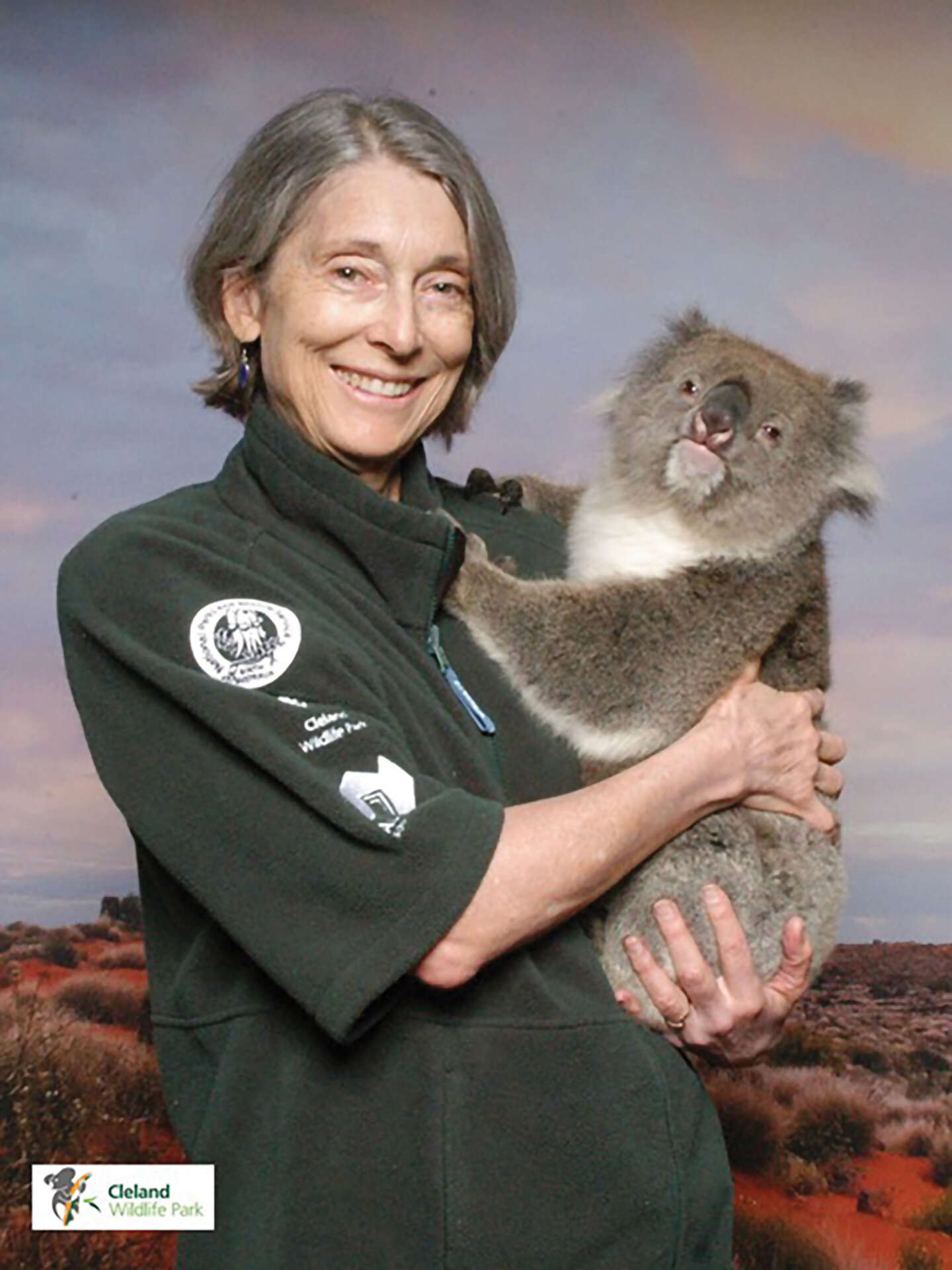
South Australia’s capital is a feast for the sense
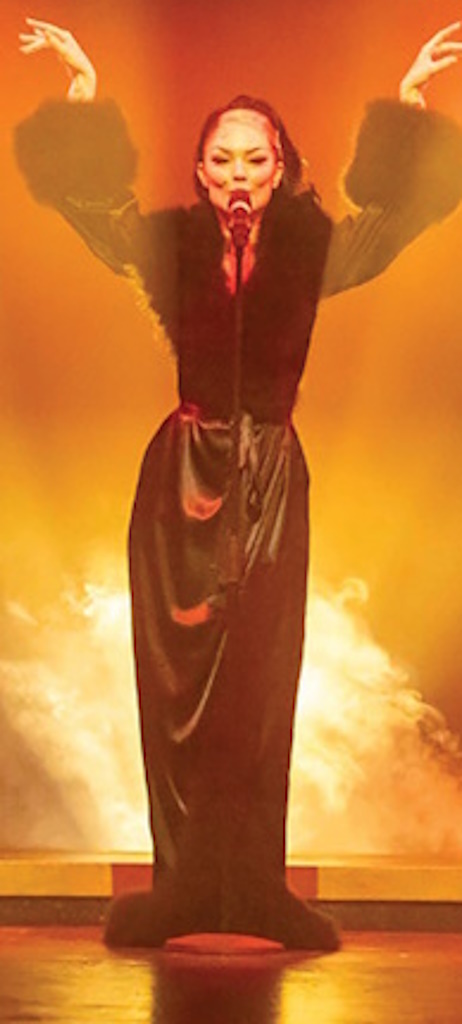 LIMBO–the Return at Adelaide’s Fringe Festival | 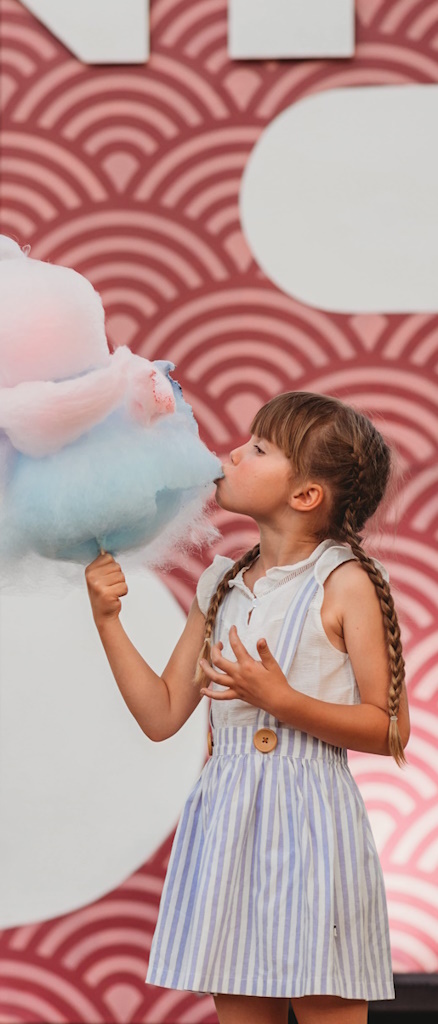 Tasting Australia, Adelaide | 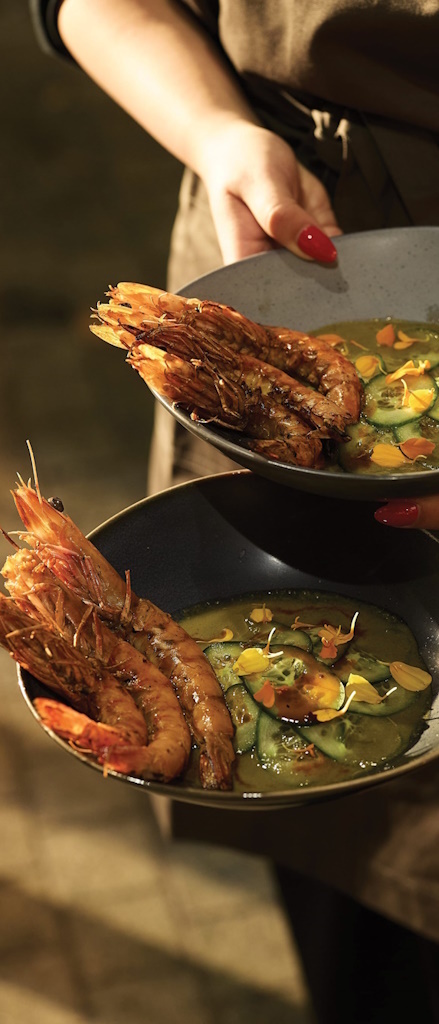 Adelaide Fringe Festival | 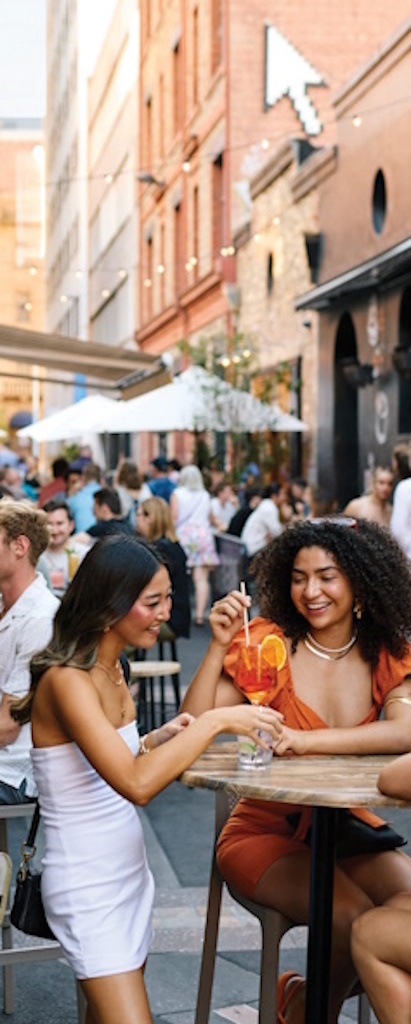 Peel Street, Adelaide |
FEATHERS ARE FALLING FROM OVERHEAD. Soft, white feathers land on our heads and shoulders, flung by four energetic performers hovering above us at the culmination of LIMBO - the Return. An intoxicating mix of circus, cabaret, acrobatics and music it's been performed everywhere from Brussels to Bogota.
But we chose to see it in Adelaide, South Australia, where we timed our visit to coincide with the city's Fringe Festival, the second largest arts festival in the world after Edinburgh's Festival Fringe. Every year, hundreds of artists and international acts like this one converge in the state capital for four weeks over February and March.
Given the state's year-round calendar of festivities and cultural events, its world-class wineries and exciting food scene (the 'Best Restaurant' in all of Australia in 2023 - Restaurant Botanic - is in Adelaide) it's surprising to learn that Adelaide is often referred to as 'the city of churches'. In its early days, large numbers of immigrants fleeing religious persecution were welcomed here and built beautiful houses of worship.
Locals also call Adelaide 'the 20-minute city' because you can get almost anywhere in that little time, whether on the free City Connector bus, your own wheels or two feet.
We base ourselves at Vibe Hotel, conveniently close to Gluttony, the outdoor hub for the Fringe Festival and an easy walk to Adelaide Botanic Garden, the shops of Rundle Mall, and Rymill Park, one of the city's many green spaces and a site of the annual Adelaide Equestrian Festival. (Horses are so much a part of the city's history that they're allowed to roam freely in Park 6, another of the Adelaide Park Lands.)
Our first morning, we walk - in precisely 20 minutes! - to Adelaide's Central Market, where we join a small group with Food Tours Australia.
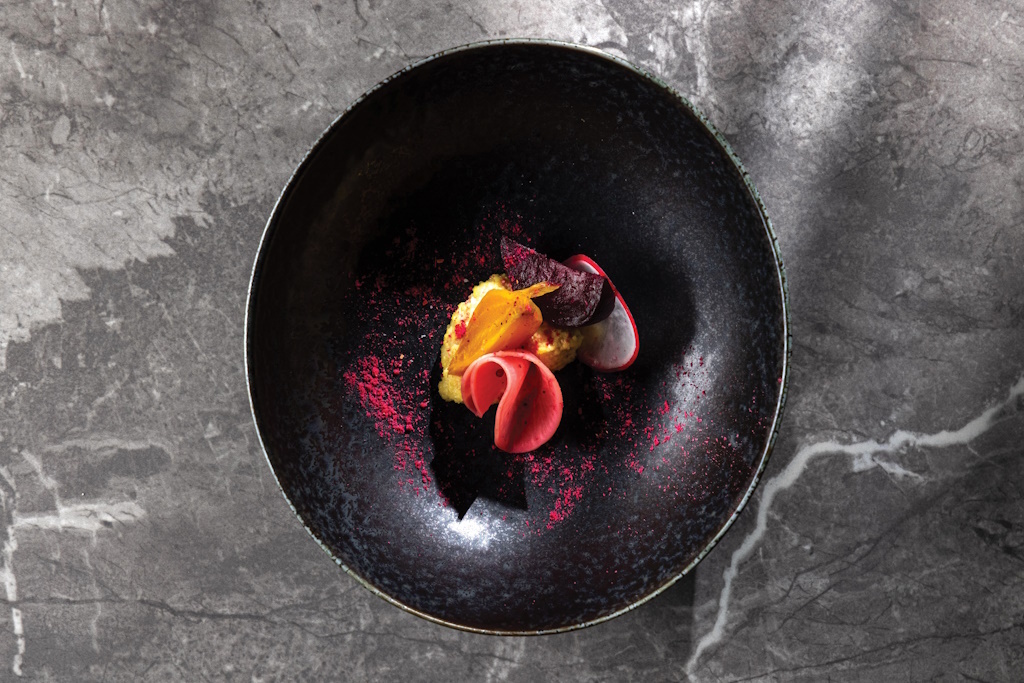 Tasting Australia, Adelaide | 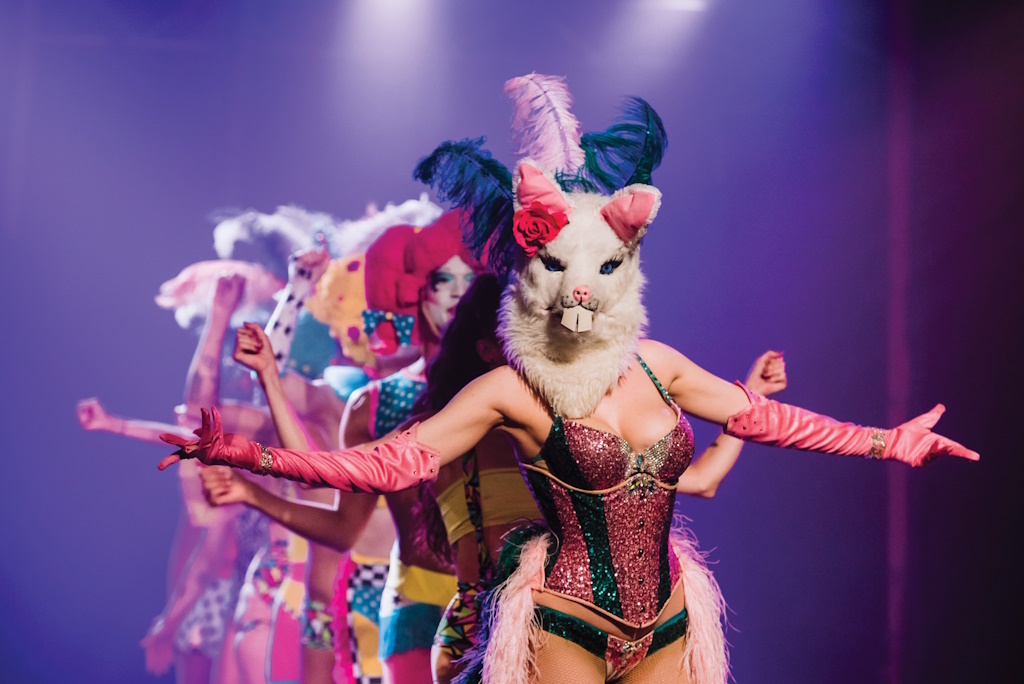 Adelaide Fringe Festival. |
"We'll go from South America, South Korea, Hungary, Nepal, France, Greece, Lebanon, Poland, just in one strip," says Stephanie, our guide, explaining that waves of immigrants have brought not only their religious beliefs, but their food. "It's multiculturalism at its best."
Korean pancakes, Nepalese falafel and Turkish Delight tantalize our taste buds, while our eyes feast on trays of fish and crab, shelves of Asian greens, and coolers filled with French cheese. At a stand owned by an indigenous family from Australia's Northern Territory we find crocodile, kangaroo, emu and wild boar. "They make buffalo curry pies; they make crocodile dumplings. These girls can make you anything we've got wild," laughs Stephanie.
Curious to learn more about indigenous history, we head to the Art Gallery of South Australia where the 18th Biennial of Australian Art is underway, providing a snapshot of contemporary Australia through art and poetry. The gallery was the first art museum in the country to acquire a work by an Aboriginal artist. That was in 1939 and today it offers a huge collection including colourful 'dreaming' paintings by the late Emily Kame Kngwarreye, the country's highest selling female artist of all time.
Next to the Art Gallery on North Terrace sits another prominent building, the State Library. Here, we learn that South Australia has a different colonial history than other states because it was a 'free' colony, not a place where convicts were sent.
That helps explain, says Josephine, our guide, why women in South Australia were the first in the world to get the vote and allowed to run for Parliament (in 1895), and why South Australia was the first government anywhere to decriminalize homosexuality.
"We were able to be a bit radical, a bit progressive, and a bit pioneering because we were pioneers," she adds proudly.
The first colonists even brought a collection of books with them to create a public library. Some of those books are still in this stately structure including, oddly enough, this title: Hints on emigration to Upper Canada: especially addressed to the lower classes in Great Britain and Ireland by Martin Doyle.
Perhaps if readers didn't like South Australia, they might try Canada!
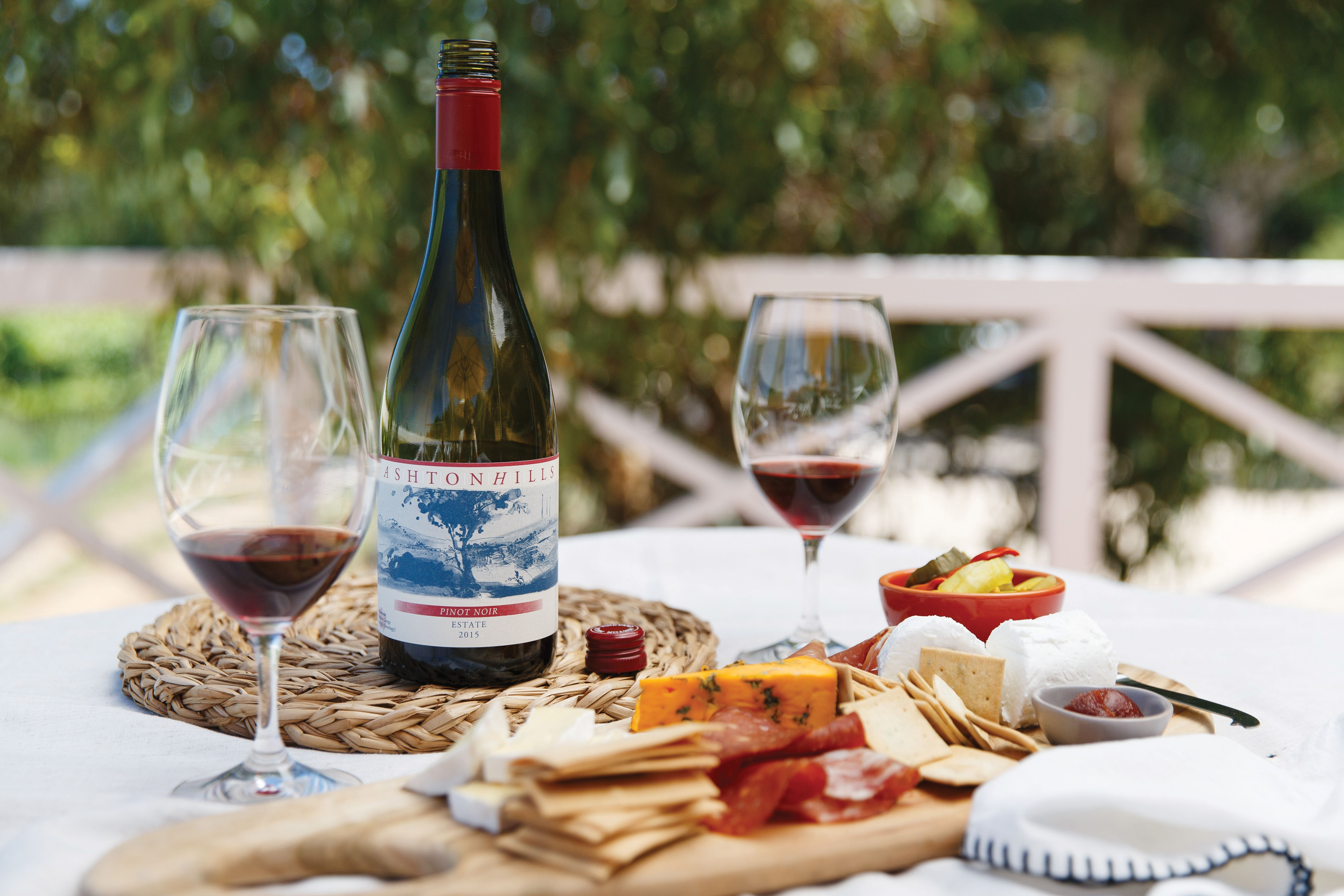
Wine tasting at Ashton Hills Vineyard in the Adelaide Hills
The next day we rent a car and head to Cleland Wildlife Park in Adelaide's Hills (25 minutes from downtown) where we're eager to see some of the state's iconic animals, including 28 koalas rescued from Kangaroo Island after wildfires in 2020 destroyed most of their habitat. Most animals run free in this 35 hectare-park, and you're even allowed to feed the kangaroos, emus, wallabies and potoroos (a small marsupial).
We've signed up for a 'koala holding' experience, even though I wonder if that's a good idea. After all, they're not pets. When Fern arrives in the arms of her handler, she's irresistibly cute and cuddly. Her handler assures me that if she shows any sign of stress - ear flicking for instance - she'll be immediately returned to her enclosure.
While she clings to my shoulder, Fern eats fragrant eucalyptus leaves that release the most delicious scent, like an herb garden in spring. Looking at a photograph of us later, it seems we're both happy with the experience!
Before leaving, there's one other creature we want to see - dingoes. The park has two females. They're resting in the shade and could easily be mistaken for tan-coloured dogs. We learn that dingoes have been in Australia for 3,000 to 4000 years, likely brought by sea-faring Asian traders. Because they're skilled hunters, dingoes are despised by farmers, especially sheep graziers. Yet, others think dingoes are necessary to keep foxes and feral cats in check. The answer? A fence that now spans three states and runs 5,320 km, making it the longest fence in the world. South of the fence, including half of South Australia, dingoes are not welcome. North of the fence, they're protected.
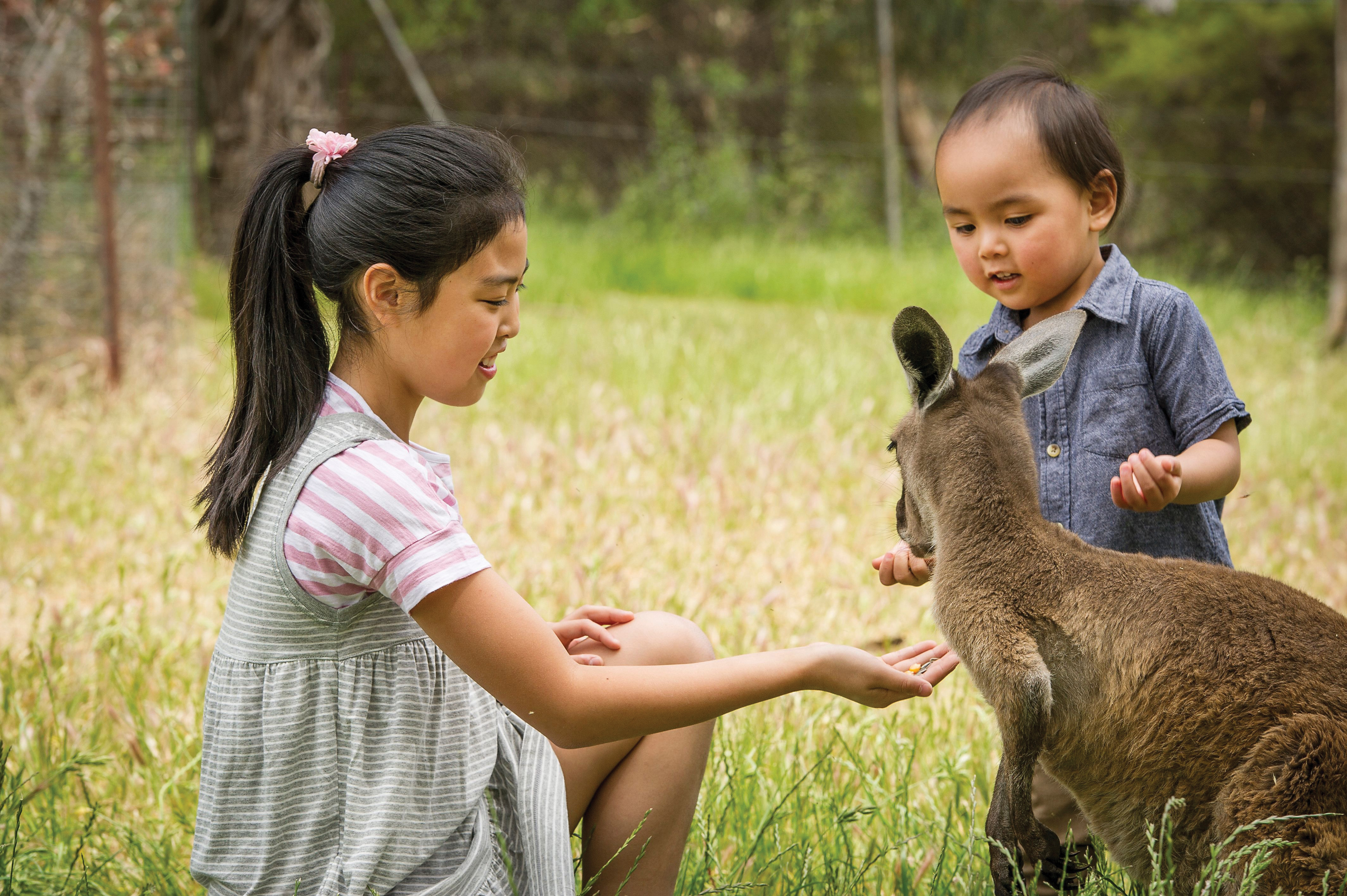
Something South Australians can agree on is that the Adelaide Hills are home to Australia's best cool-weather vineyards. Dozens of growers, big and small, produce European-style wines with French or German varieties in conditions similar to the Champagne region of France or Germany's Mosel.
At Ashton Hills Vineyard, grapes are being picked by hand as we sip a bottle released the previous year, paired with cheese and fresh fruit. "We're seeing those lovely earthy, mushroom, forest floor flavours that you associate with Pinot Noir," explains our server. The tasting room - the oldest cellar in the region - is a simple tin shed with a patio overlooking rows of vines under protective netting, perfect for a casual afternoon.
Back in Adelaide, we round out our day with another event at the Fringe Festival, this one inside a darkened dome where we relax in bean bag chairs and look up to view Star Dreaming, a story about the beginning of time and space. It's told by descendants of Australia's first astronomers - aboriginal people - and by scientists at the new SKA Observatory in Western Australia's Outback, who are using the largest radio telescopes in the world to probe the universe.
It'll be interesting to learn what's out there. But what I can tell you, is that down here in Adelaide, there's no shortage of fun and festivities under the sun.
Written by SUZANNE MORPHET for Cruise and Travel Lifestyles (Winter 2025)
Popular Articles & Videos
- Video: Meet the Wine Maker in the 'Tuscany of Austria' on the Danube
- You Need This Suitcase For Your Next Trip to Wine Country
- 3 New, Impossibly Picturesque Boutique Hotels That Make it Easy to Dream About Your Next Trip to Europe
- Cruising with History on Sea Cloud
- Video: Alaska Wildlife Encounters You Can't Miss






